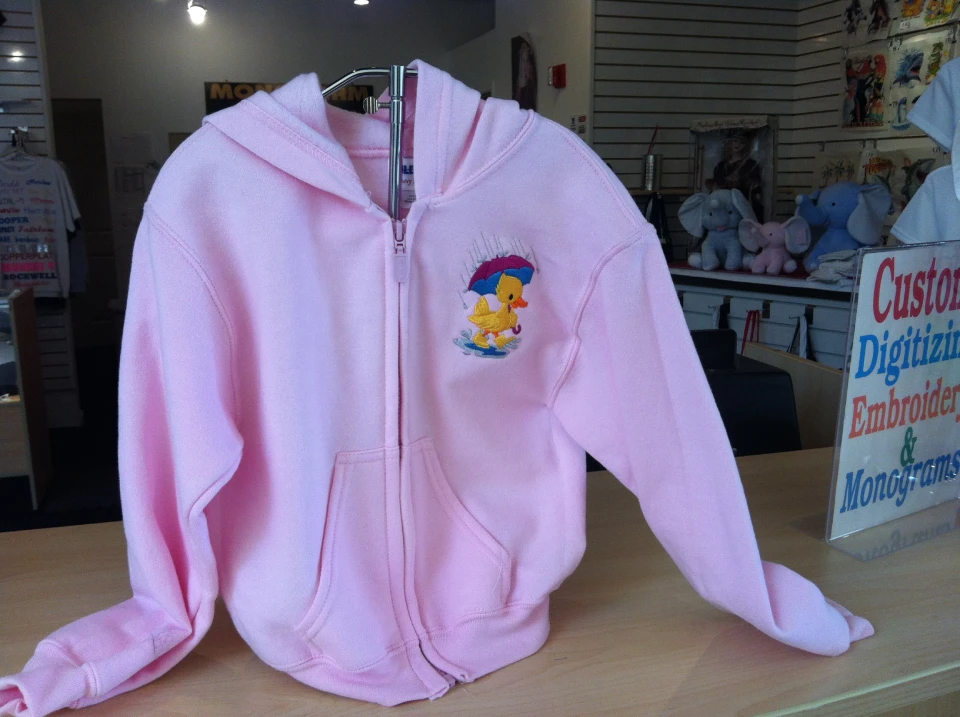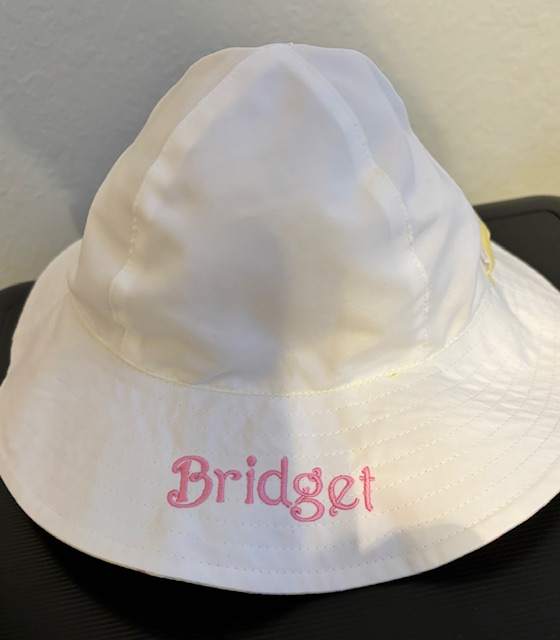Embroidered Sports Teams Names and Numbers - Specialist and Resilient
Embroidered Sports Teams Names and Numbers - Specialist and Resilient
Blog Article
The Art of Customized Needlework: Opening the Tricks to Creating Special and Unforgettable Layouts
Needlework, a craft soaked in practice and virtuosity, holds within its detailed stitches the power to change textile into a canvas of distinct expression. The secrets to producing customized needlework designs that captivate the eye and leave an enduring perception lie in a fragile equilibrium of technique, creativity, and attention to detail. As we dig into the globe of custom-made needlework, we uncover the nuanced interplay in between thread option, stitch complexity, and style personalization that boosts a plain garment to a job of art. Join us on a trip with the art of custom-made embroidery as we untangle the secrets behind crafting genuinely extraordinary and distinct creations.
Selecting the Right Embroidery Threads
When choosing needlework strings, what key variables should you think about to guarantee the most effective outcomes for your custom-made designs? The selection of needlework thread is vital in determining the last outcome of your stitched design. Among the main factors to consider is the product of the string. Different materials such as cotton, polyester, rayon, and silk use varying levels of shine, durability, and appearance. It is vital to select a thread product that matches the textile you are stitching on and straightens with the desired appearance of the layout.
Furthermore, the weight or thickness of the thread plays a considerable duty in the look of the needlework. Thicker threads can include measurement and structure to your layout, while finer strings are excellent for intricate details and tiny text. In addition, considering the color fastness and washability of the string is important to ensure that your customized layouts preserve their quality and vibrancy with time. By very carefully reviewing these elements and selecting top quality strings that meet your details demands, you can boost the visual allure and durability of your embroidered developments.
Exploring Various Stitch Methods
To dig right into the world of 'Checking out Various Stitch Methods', one should grasp the complexities and subtleties that each stitching technique gives the art of needlework. Different stitch strategies not just include aesthetic rate of interest but also contribute to the overall structure and dimension of the design. One popular stitch technique is the satin stitch, which includes very closely stuffed parallel stitches to develop a smooth and glossy surface, ideal for completing shapes and developing vibrant lays out.
On the other hand, the backstitch is a functional technique often made use of for laying out and adding fine details. It involves stitching backward to create a strong line of needlework. Furthermore, the French knot stitch includes a responsive element to layouts, ideal for producing distinctive accents like flower centers or decorative touches.
Exploring various stitch techniques enables embroiderers to have fun with light, shadow, and depth within their designs, boosting the aesthetic appeal and imaginative quality of their needlework projects. By grasping different sewing approaches, one can open endless opportunities for producing one-of-a-kind and remarkable customized embroidery items.
Incorporating Personalized Design Components
Having explored the details of various stitch techniques such as the satin stitch, backstitch, and French knot, the focus now shifts in the direction of integrating individualized layout components in customized needlework jobs. Personalized layout aspects play an important function in making needlework click for more info tasks absolutely special and memorable.
Another means to integrate individualized layout elements is by including signs or themes that hold special best custom suits significance to the recipient or show their interests and character. As an example, integrating a favored flower, animal, or hobby-related icon can make the embroidery layout extra meaningful and personalized. Additionally, choosing shades that resonate with the recipient or straighten with the designated motif can further enhance the customization of the needlework project.
Understanding the Art of Color Sychronisation

One key element of shade control is comprehending color concept. This includes understanding just how various colors engage with each various other, the emotions they communicate, and how they can be integrated to produce visually attractive styles. By applying shade theory concepts, embroiderers can create unified color schemes that boost the overall look of the layout.
Additionally, focusing on comparison is important in color control. Making use of contrasting shades can help particular elements of the design pop, enhance clarity, and produce an aesthetically vibrant needlework item. By mastering the art of shade coordination, embroiderers can boost their designs and produce memorable items that reverberate with customers and customers alike.
Enhancing Structure With Advanced Needlework Stitches

Bullion knots, on the other hand, can be utilized to produce twisted, ropelike components that include a luxurious feel to the embroidery. Experimenting with these sophisticated embroidery stitches allows you to press the borders of typical needlework and produce absolutely unique and aesthetically enticing textures in your layouts.
Conclusion
To conclude, the art of custom-made needlework involves a mix of selecting the appropriate threads, discovering different stitch methods, including individualized style elements, grasping color sychronisation, and improving texture with sophisticated stitches. By recognizing and implementing these crucial elements, embroiderers can develop distinct and memorable styles that display click for source their creativity and ability. Needlework enthusiasts can open the secrets to developing attractive and custom items that stand out and leave a long lasting impression.
Report this page